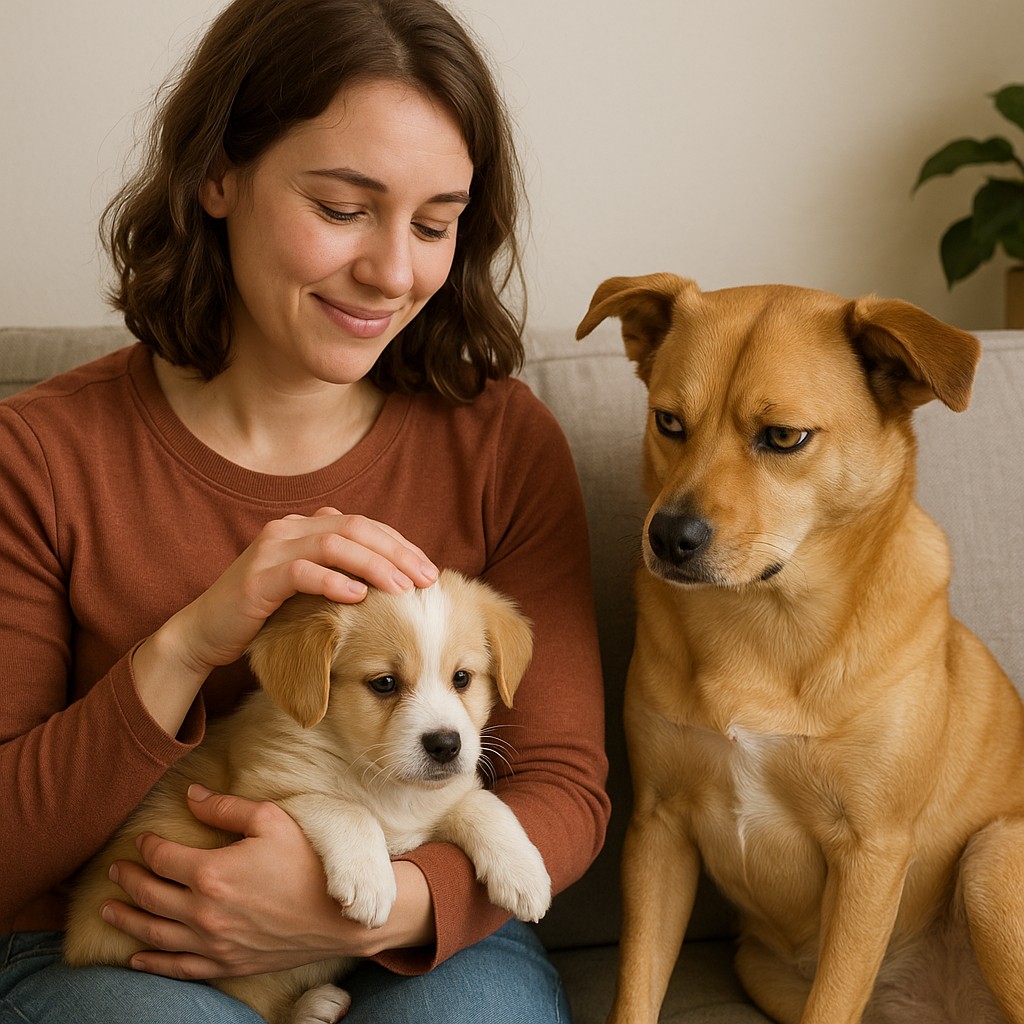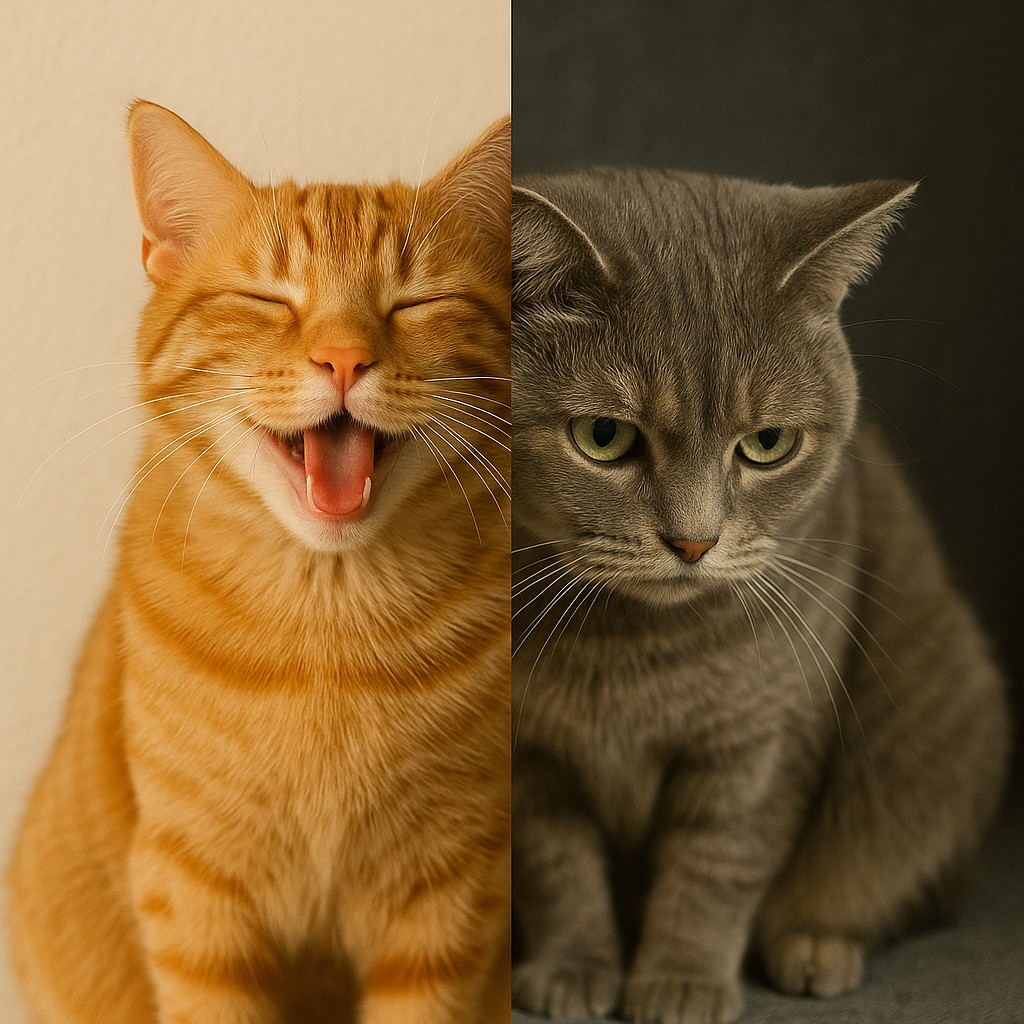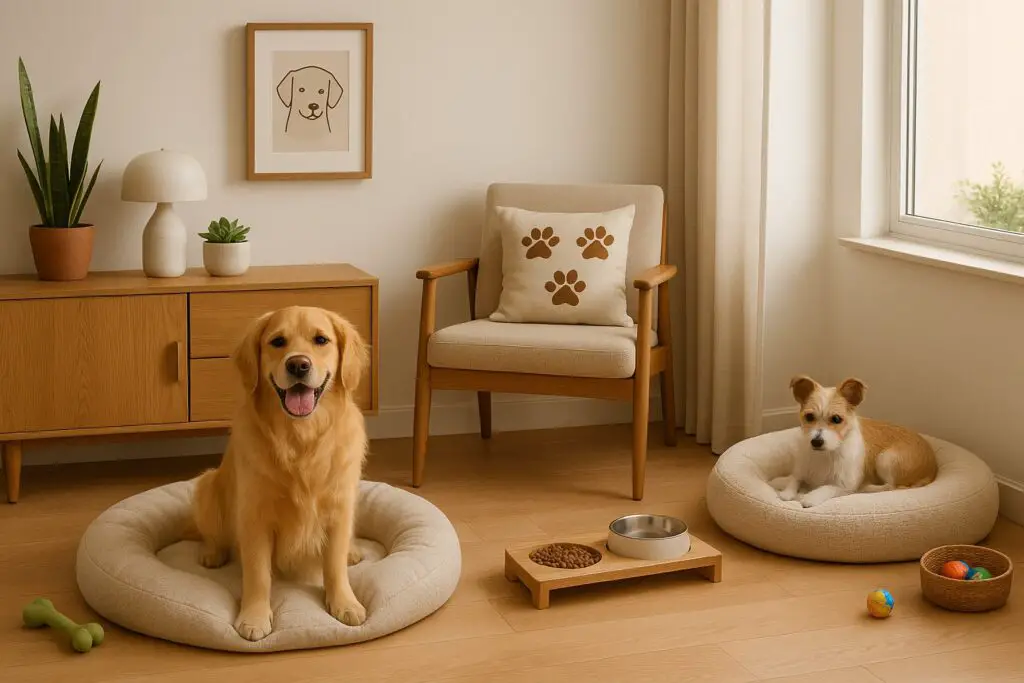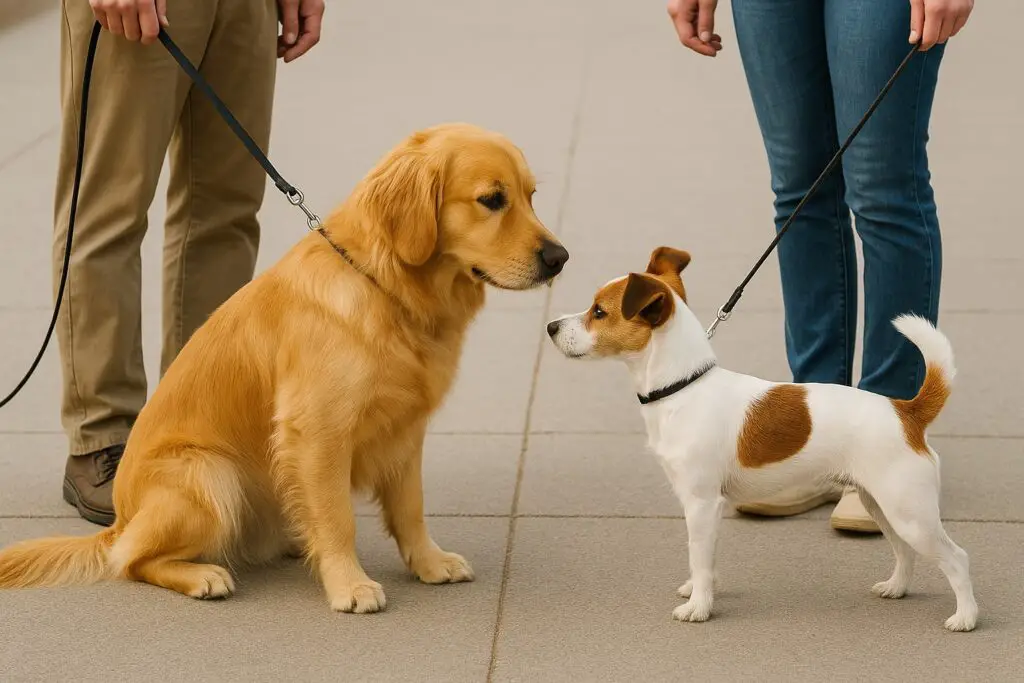Bringing home a new pet is a joyful event—but for your current furry friend, it might trigger unexpected emotions like jealousy, anxiety, or confusion. Pet jealousy is a real behavioral concern, and if not addressed, it can lead to stress for both animals and owners. In this guide, we’ll explore how to handle pet jealousy when a new animal arrives, offering practical, compassionate, and expert-backed tips to help your household stay harmonious.

What Is Pet Jealousy?
Pet jealousy often arises when a new animal disrupts your existing pet’s environment, routine, or bond with you. Your first pet may feel displaced, anxious, or insecure, fearing a loss of affection, attention, or territory.
While jealousy isn’t identical to the human emotion, pets do express territorial behavior and anxiety through signs such as:
- Growling, hissing, or barking at the newcomer
- Trying to insert themselves when you pet the new animal
- Marking territory or having accidents in the house
- Ignoring you or retreating to hidden corners
- Destructive chewing or over-grooming
Recognizing these behaviors early can help you intervene before jealousy becomes aggression or long-term emotional distress.

Why Do Pets Get Jealous of New Animals?
Just like children who must adjust to a new sibling, pets form deep bonds with their owners and can struggle when that bond feels threatened.
Here are a few common triggers:
- Sudden shift in attention: If all your time and affection now go to the new pet, your original pet might feel neglected.
- Change in routine: Feeding times, walk schedules, and play sessions that once centered around them may become disrupted.
- Territorial instincts: Cats and dogs especially may view your home as “their” space and become protective or possessive.
- Unfamiliar scents and noises: A new animal brings its own sounds and smells, which can overwhelm or irritate an existing pet.
Understanding these stressors is the first step toward easing them.
Pre-Introduction Prep: Setting the Stage
Before your new pet ever sets paw inside the house, preparation can help mitigate jealousy.
1. Create separate zones
Designate a quiet, safe space for the new pet—this gives your original pet a sense of control and avoids forcing interaction too soon.
2. Stick to your existing pet’s routine
Feeding, play, and cuddle time should remain consistent. This signals to your first pet that they’re still a valued member of the family.
3. Introduce scents in advance
Let each pet sniff a towel or blanket from the other animal before they meet. This eases the shock of unfamiliar smells.
4. Prepare separate resources
Stock up on food bowls, water dishes, beds, toys, and litter boxes so each animal has its own territory.

The First Meeting: Make It Positive
Introducing the two pets should be slow and structured.
✅ Use neutral ground
If possible, let them meet outside your home first—like on a walk or in the yard. This reduces territorial behavior.
✅ Keep it short
Start with 5–10 minutes. Watch their body language and separate them before tensions rise.
✅ Stay calm and neutral
Your energy sets the tone. Reward good behavior with treats or praise, but avoid yelling or sudden movements if they act out.
✅ Avoid forced contact
Never hold one animal while the other investigates. Allow natural curiosity—but under supervision.
Repeat these sessions daily, gradually increasing time and proximity.

Post-Introduction Management: Preventing Long-Term Jealousy
Even if introductions go well, jealousy can develop over time.
🐾 1. Give equal love and attention
Dedicate one-on-one time with each pet daily. A short walk, cuddle session, or playtime shows both animals they matter.
🐾 2. Maintain individual spaces
Let them eat and sleep in separate areas until they choose to share space on their own.
🐾 3. Monitor for subtle signs
Watch for “silent” jealousy—your pet may hide, stop eating, or over-groom themselves due to emotional stress.
🐾 4. Reinforce positive behavior
Use clicker training or treats to reward calm, friendly interaction between pets.
Dealing with Specific Situations
🐶 Dog Jealousy Toward a New Puppy
Adult dogs may act dominant or annoyed with a younger pup. Use gentle corrections and always supervise rough play. Avoid showing favoritism.
🐱 Cat Jealousy Toward a New Cat or Dog
Cats dislike sudden change. Introduce new animals very slowly. Feliway diffusers and vertical spaces (like cat trees) can reduce anxiety.
🍼 Pet Jealousy Toward a New Baby
Pets can also get jealous of human babies. Desensitize them by playing baby sounds or practicing walking with a stroller before the baby arrives.
When to Seek Professional Help
Not all jealousy resolves on its own. If your pet becomes:
- Aggressive
- Withdrawn
- Chronically anxious or destructive
…it’s time to speak with a certified animal behaviorist or your vet. They can assess your pet’s mental health and recommend training, supplements, or even temporary medication if needed.
Long-Term Success Tips
- Stay patient—adjusting to a new dynamic takes time
- Celebrate progress—small wins, like peaceful co-sleeping or sharing toys, are big victories
- Use play and shared activities to build positive associations
- Remember: harmony grows with time, consistency, and lots of love
Conclusion
Handling pet jealousy when a new animal arrives is a challenge—but also an opportunity to grow stronger as a pet parent. With a mix of empathy, strategy, and patience, you can help your pets not just tolerate each other, but thrive together.
From careful introductions to consistent affection, these techniques set your pets up for a peaceful, loving coexistence. Because in a truly happy home, there’s always enough love to go around.





I was very pleased to find this web-site.I wanted to thanks for your time for this wonderful read!! I definitely enjoying every little bit of it and I have you bookmarked to check out new stuff you blog post.